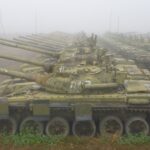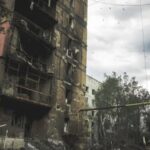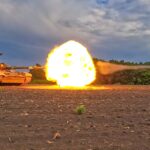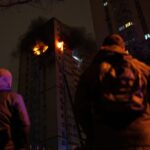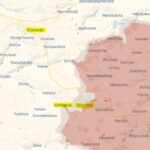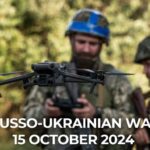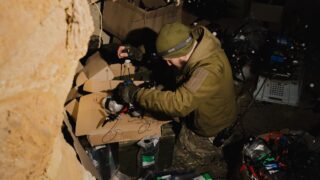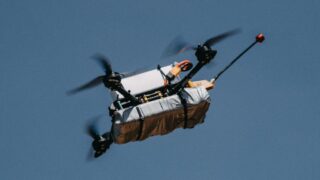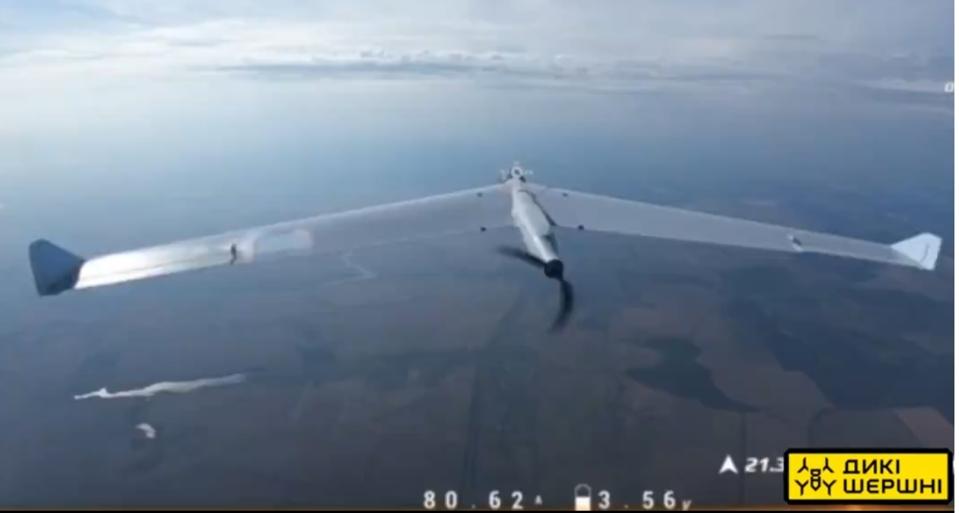
Forbes: High-stakes tech race unfolds in Ukraine’s drone-dominated skies
Ukraine has been successfully using modified FPV (First-Person View) drones to intercept Russian reconnaissance aircraft, potentially reshaping the dynamics of the ongoing Russo-Ukrainian war, Forbes reports.
Drone warfare innovations have become a defining feature of the ongoing Russo-Ukrainian war. Unmanned vehicles of various sizes, operating in the air, on land, and at sea, play a central role, with technology advancing rapidly.
The Ukrainian forces have adapted $700 racing quadcopters, typically used for ground target elimination, into high-altitude interceptors capable of neutralizing Russian scout drones at altitudes of up to 3.5 km. This innovative approach has resulted in a significant number of interceptions, with one group, Wild Hornets, claiming over 300 successful hits with a success rate exceeding 50%.
Russian forces rely heavily on their reconnaissance drones, including models such as Orlan-10, Orlan-30, ZALA, and SuperCam, to guide precision-guided glide bombs, artillery strikes, and loitering munitions. By disrupting these reconnaissance capabilities, Ukrainian forces are effectively “blinding” Russian long-range attack capabilities.
Forbes says his strategy has already yielded tangible results on the battlefield. For instance, Ukraine’s Kursk offensive reportedly made rapid gains due to the elimination of Russian scout drones, leaving Russian forces unable to effectively track or target the advancing Ukrainian units.
Recent weeks have seen a flurry of adaptations from the Russian side, including the application of camouflage paint schemes to drones, the installation of rear-facing cameras for early warning, and the implementation of jamming systems to disrupt incoming interceptors.
Ukrainian FPV drone intercepts a Russian reconnaissance UAV of the Zala type with an installed electronic warfare device pic.twitter.com/nqGHNZA3cv
— MilitaryNewsUA (@front_ukrainian) October 12, 2024
As the contest evolves, both sides are likely to continue developing new tactics and technologies. Ukraine is reportedly working on next-generation FPVs with enhanced speed and capabilities, including potential optical homing for terminal guidance to counteract jamming efforts.
The outcome of this aerial contest could have far-reaching implications for the ground war and future conflicts. Forbes suggests three possible scenarios: a stalemate where reconnaissance continues with steady losses, a triumph of offensive capabilities leading to the disappearance of scout drones, or one side gaining drone air superiority, potentially dictating the outcome of the ground war.
Related:

